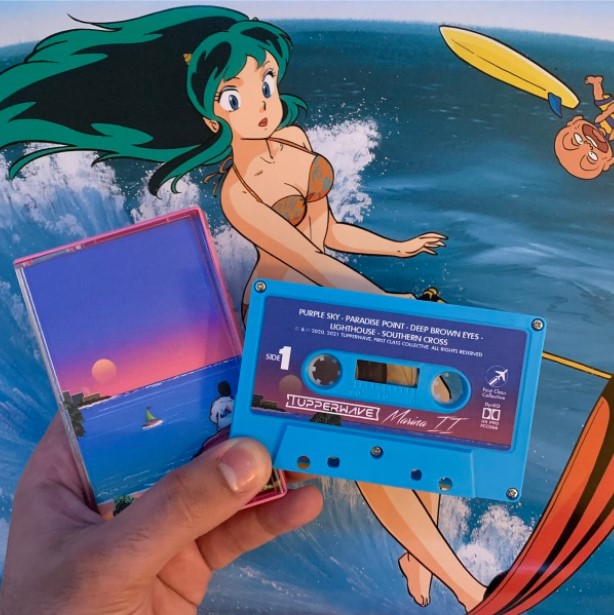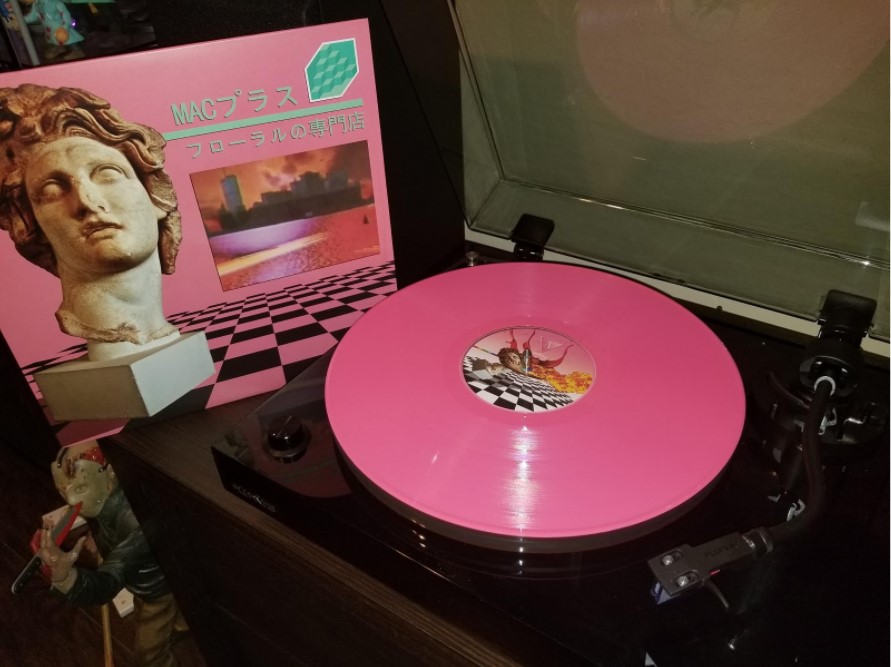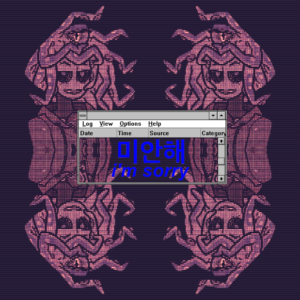Feature
Censorship And Copyright In Cascading Cyberspace
Written By: Voiture <3
First Class Collective’s DMCA Strike, A Shrinking Habitat, and a new revolution

First Class Collective, a notable vaporwave record label, had their cassette release of Marina II by TUPPERWAVE shot down by a DMCA strike. This is, of course, due to uncleared samples— a looming threat that budding vaporwave producers dread and veterans have learned to ignore. While the issue of copyright has been a long-standing obstacle on the road to free artistic expression in vapor and its auxiliary communities, this content strike is by far the most staggering of its kind to take place in recent years.
Vaporwave has been a jaded genre since its conception, glazed with layers of irony and high-concept societal motives hiding behind the hazily delivered vocal samples and reverb-flooded drum sets we’ve come to know. Prominent among these motives is that of anti-consumerism: a hallmark of the genre inherited partially from one of its ancestors, plunderphonics. The use of samples in vaporwave has long been an indispensable part of the style and culture of the music, a unifier that binds together the countless microgenres that fall under the umbrella term. With the scene and climate surrounding the music shifting, though, this could change in coming years.
Reference any vapor classic you wish: your favorite vaportrap album, your pick for all-time best classic vapor track, the future-funk mix that you can’t get out of your head, or the one that you wish you’d never heard. Now ask yourself: Would it fly under the eye of copyright holders? The answer is probably a simple one: “No.” Sampling is a dangerous practice in this regard. Using even a small fragment of someone else’s work can open the door to total discrediting of the sampling creator. This problem isn’t limited to just the vaporwave community either: YouTube and much of the online art community are constantly embroiled in these issues of originality, copyright, and censorship. But how justifiable is it to strike down someone else’s work for the sake of your own?

The idea of “first come, first served” in regards to intellectual properties is borne of the competitive, free-for-all dynamics of capitalism. If I write something, the system mandates a subsequent and consequential need to monetize and protect my creation. This “protection” takes the form of copyright laws, where your ideas can be labeled as exclusively your own. You (or those who you sign with) are then given the right to enforce this fact. These explanations, of course, beg the question: “How does this relate to the current state of vaporwave?”
The point to be made here is that the current copyright system and the ways the protection of “intellectual property” is handled are entirely counterintuitive to the creative process, and, as Kagoshima Tangerine put it in their “🎍” (Bamboo) review, “really should be thrown out altogether.” Even the wording of the term “intellectual property” sounds sour. The bottom line is that artists don’t make art as a way of staking claim on some untapped fortune or hogging and gatekeeping other artists from creating their own work like gold-begging bridge trolls. The reasons artists create art are infinite, but creating just to spite and hold back other artists isn’t one of them.

The discussion of whether art can or should be used to “kill” other art is also an important one. As just stated, it is not a matter of instinct (in this context) when artists tear down other creations that they feel threaten the safety of their own; this behavior is instead prompted by the copyright system’s obsession with monetizing and controlling art. This format bears uncanny resemblances to things that it clearly shouldn’t like the US patenting system. Is this really how we want to go about marking our artistic territory? This raises a slew of other circling questions, all examining the rationality and ethics of art as a weapon to destroy other art. If an artist shoots down another work for violating the boundaries they have set for their own (like with the FCC release of Marina II) does that mean the “shooter’s” art is of more creative value? Do works created earlier simply hold more significance? If a work takes inspiration or uses other works as ingredients and is considered low-priority, does this mean that only deliberate originality directly equates to artistic value? At a basic level, art can coexist. It’s only when we introduce our extraneous systems that inject legality, ownership, and various other detritus into art that these ethical problems arise.
Of course, these queries and quandaries would take forever, quite literally, if we were to attempt to answer them. So I will leave you, dear reader, with this: If the goal of art is to freely express, then is it the duty of the artist to preserve this free expression within the community? Is the fight to preserve the free expression of the individual and not the community to which he belongs hypocritical or selfish? Or is it just a necessary evil? Like all art, these questions, too, are subjective.

